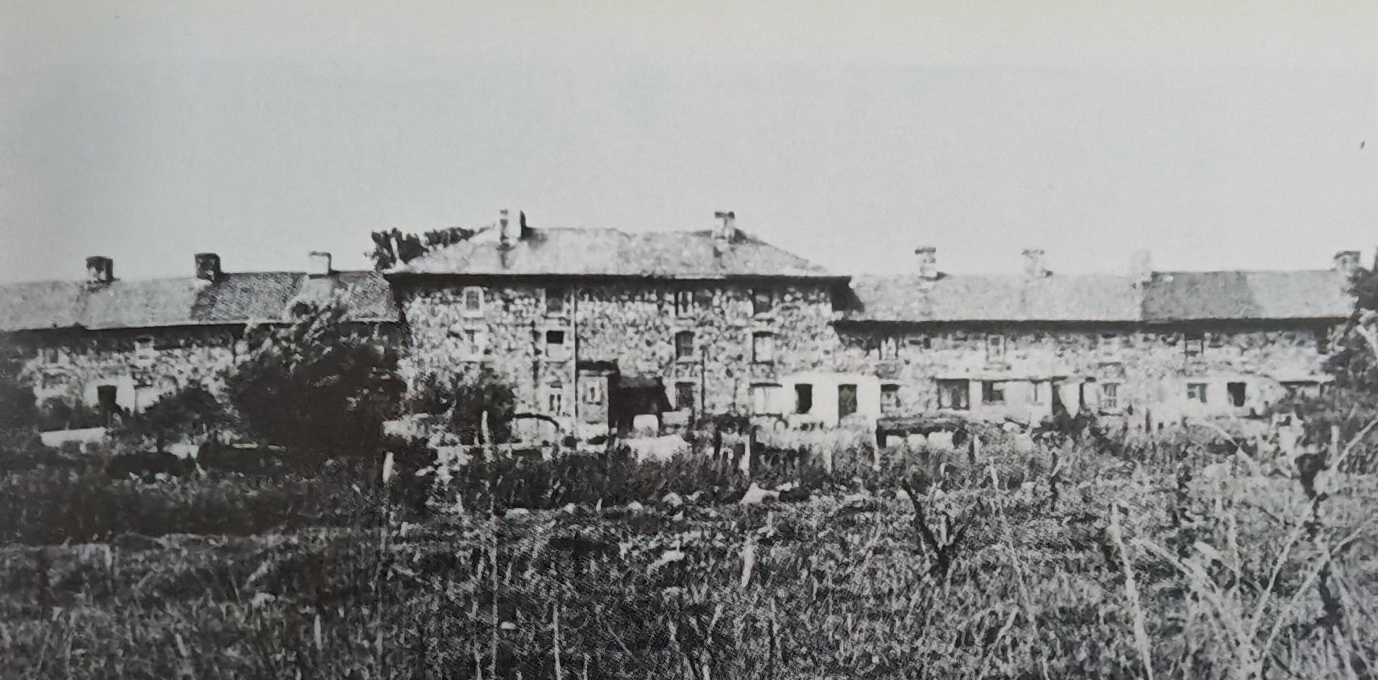Butetown – an architectural gem of the valleys


Butetown is an “early industrial settlement of exceptional significance” and a real architectural and cultural gem of the valleys.
Its design is seemingly based on a partially built planned model village at Lowther in Cumbria, England, by the renowned Georgian architect Robert Adam.
The Union Iron Works, just across the river, had started up in 1801, and the development of Butetown initially may have been linked to those. It was apparently originally part of a more ambitious scheme called New Town or Y Drenewydd in which is still the name used in Welsh. It is built on Gwaun y Mynach (The Monks Moorland) which was leased from the Marquis of Bute in 1824 to construct the Bute Iron Works, from which it gets its name.
The layout of Butetown has changed very little from when it was built. The houses for the Iron Workers are impressively constructed of local millstone grit block and had been finished by the 1830s with further development possibly being halted by a slump in trade.
On an 1838 map of the Rhymney Ironworks Company, formed by a merger of the Union and Bute Iron Works a year earlier, the settlement is called New Town and only later did it become known as Bute Town.
The village's population fluctuated in the 19th century with between 195 and 430 people living there. It reached its peak in population in 1871, just as iron production in Rhymney was beginning to come to an end, with coal mining taking its place.

The three terraced rows are laid out in a grid iron pattern with Middle Row flanked by Collins Row to the north and Lower Row to the south. Each row consists of 16 dwellings with a central three storey pavilion of four dwellings, flanked by four more and terminated by two dwellings to form end pavilion blocks. However, two of the dwellings in Collins Row have been demolished, leaving a total of 46 houses in total today.
The former Windsor Arms pub, not long closed, was situated at eastern end of Middle Row, whilst at the western end between Collins and Middle Rows, there is a very small church dedicated to St. Aiden.
The three rows of houses and the Windsor Arms public house, built so that iron workers could slake their thirst, were listed as grade II buildings of special architectural or historic interest in July 1973. Since being listed, due a renovation programme in 1979, the terraces gradually recovered their more similar appearance, by removal of pebbledash cladding from some exteriors and standardisation of windows at the front of the houses.
The village was well known for its “Windsor Run” in the 1970s and 80s when residents and others would run over moorland to the north to Talybont-on-Usk and back on a designated day.
In July 2012, Butetown was used as the setting for Doctor Who episode ‘The Crimson Horror’ starring Matt Smith as the Doctor and Jenna Coleman as his companion, Clara Oswald.
